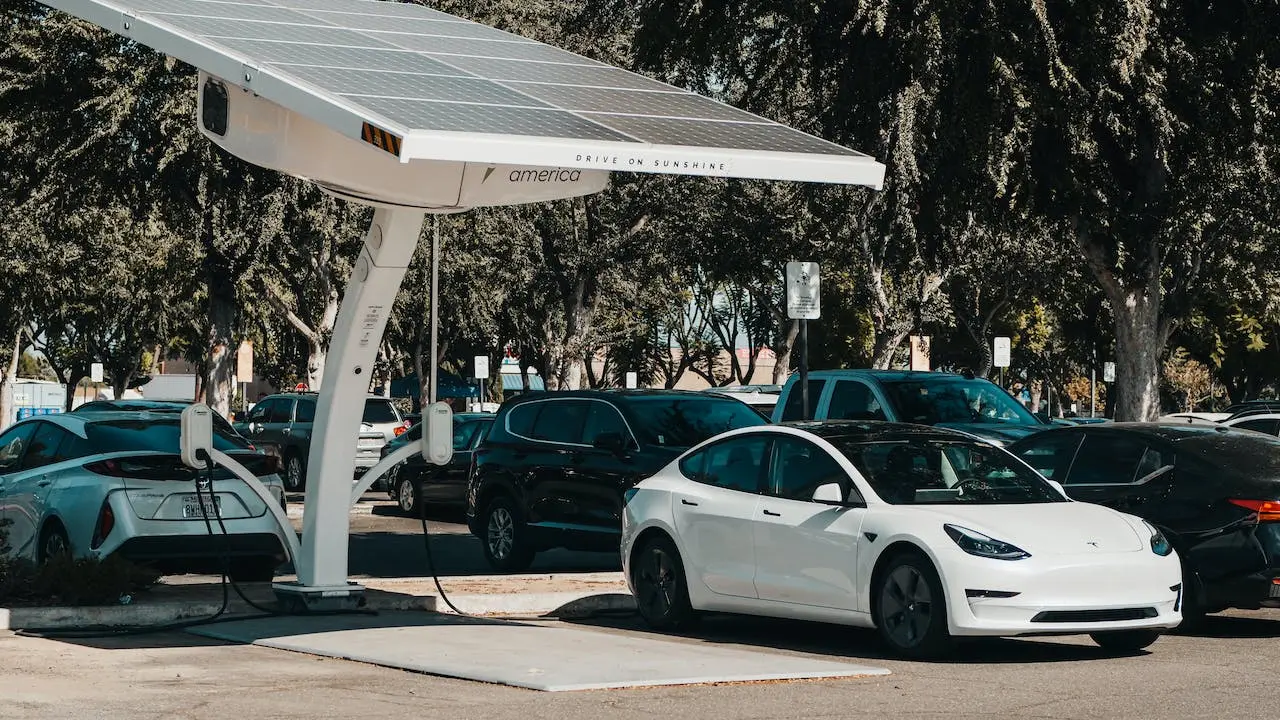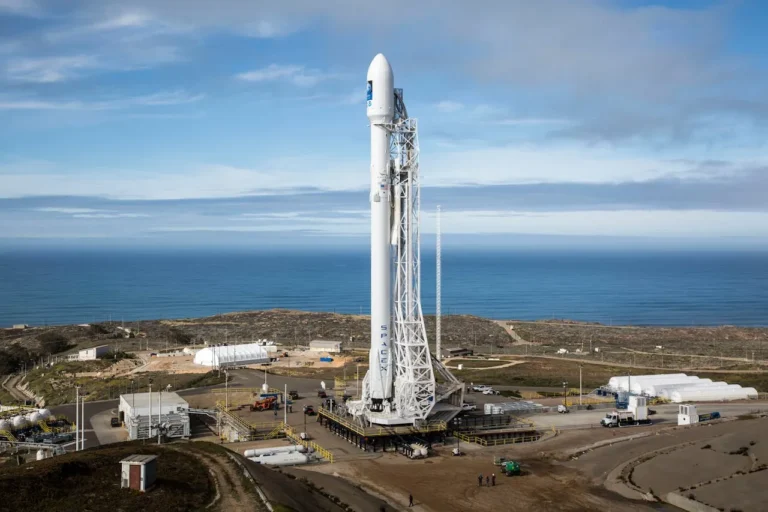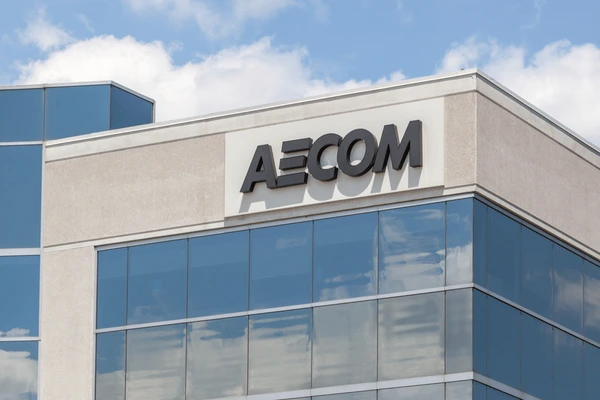
A detailed analysis of connected bus specifics, standardization, specialized characteristics, and economics is presented in this report. The companies- contributors to the connected auto request development- are linked and their portfolios are anatomized. The report also emphasizes the significance of 5G mobile networking as a base for the driverless auto ITS revolution. With” ultimate” ITS, it’s anticipated that safety on the roads will be drastically bettered and society will be free from the massive quantum of injuries and deaths on the roads as well as from damages to the frugality due to accidents and business logjams. Though noway managing to successfully prognosticate what each forthcoming generation of mobile technology should deliver to satisfy unborn druggies, the assiduity has nevertheless reached some agreement on the use cases for 5G dispatches.
Machine-to-machine dispatches are one. 5G should enable the IoT, the future where all online-enabled objects will still pass on data to each other or to a central computer. Easing the use of mobile networks by connected and independent buses, ever-controlled artificial robots, telehealth systems, and smart megacity structures are also all anticipated to figure large in 5G thinking. There’s a common notion that assiduity is hoping that 5G will break problems we do not have at the moment, but those that could hold us back times in the future- and one of the stylish exemplifications of such a statement is a driverless auto. This particular report addresses the Intelligent Transportation Systems’ progress in reaching its ultimate thing- to make an auto” intelligent” enough to safely drive without mortal participation. It also updates the status of driverless auto development in connection with the transition to the 5G period the assiduity linked driverless buses as an utmost feasible form of ITS, dominating the highways by 2040 and sparking dramatic changes in vehicular trips.
The report discusses the specifics of the 5G period as they’re seen by the assiduity at the present time with emphasis on what 5G technologies can bring to the driverless auto. Such an auto was considered by numerous as a scientists’ dream only 10- 15 times agone; now it’s a reality and all prognostications are that driverless buses will hit the roads 6- 8 times. Completely developed driverless auto needs the support of dispatch systems evolving in the transition to 5G, and these two developments are interrelated- a driverless auto becomes a 5G use case. The report provides an overview of the current status of the driverless auto development, filmland the unborn way, which the assiduity is planning, analyzes roadblocks, and emphasizes the significance of standardization- several associations are working in this direction. The analysis concentrates on the technological and marketing aspects of driverless buses and also on the status of the assiduity.
The check of driverless bus systems presently afoot is conducted; as well as the check of affiliated patents( 2018- 2023). original marketing statistics are developed. A detailed analysis of two important corridors of a driverless auto-lidar ( one of the main factors of ADAS) and the dispatches gear-” connected auto” is performed. The check of recent bus lidar patents is also performed. A driverless auto, for simplicity, may be described as a combination of a connected auto and ADAS(Advanced Motorist Assistance Systems); and another corridor. The ADAS important part is driverless auto” eyes” an instrument that can” see” surroundings and give information to the auto for the analysis and applicable conduct. One of the most promising technologies that make buses ” to see” is lidar, which is composed of rays and other corridors. The report provides a detailed analysis of lidar specialized and marketing characteristics and the check of the assiduity.





